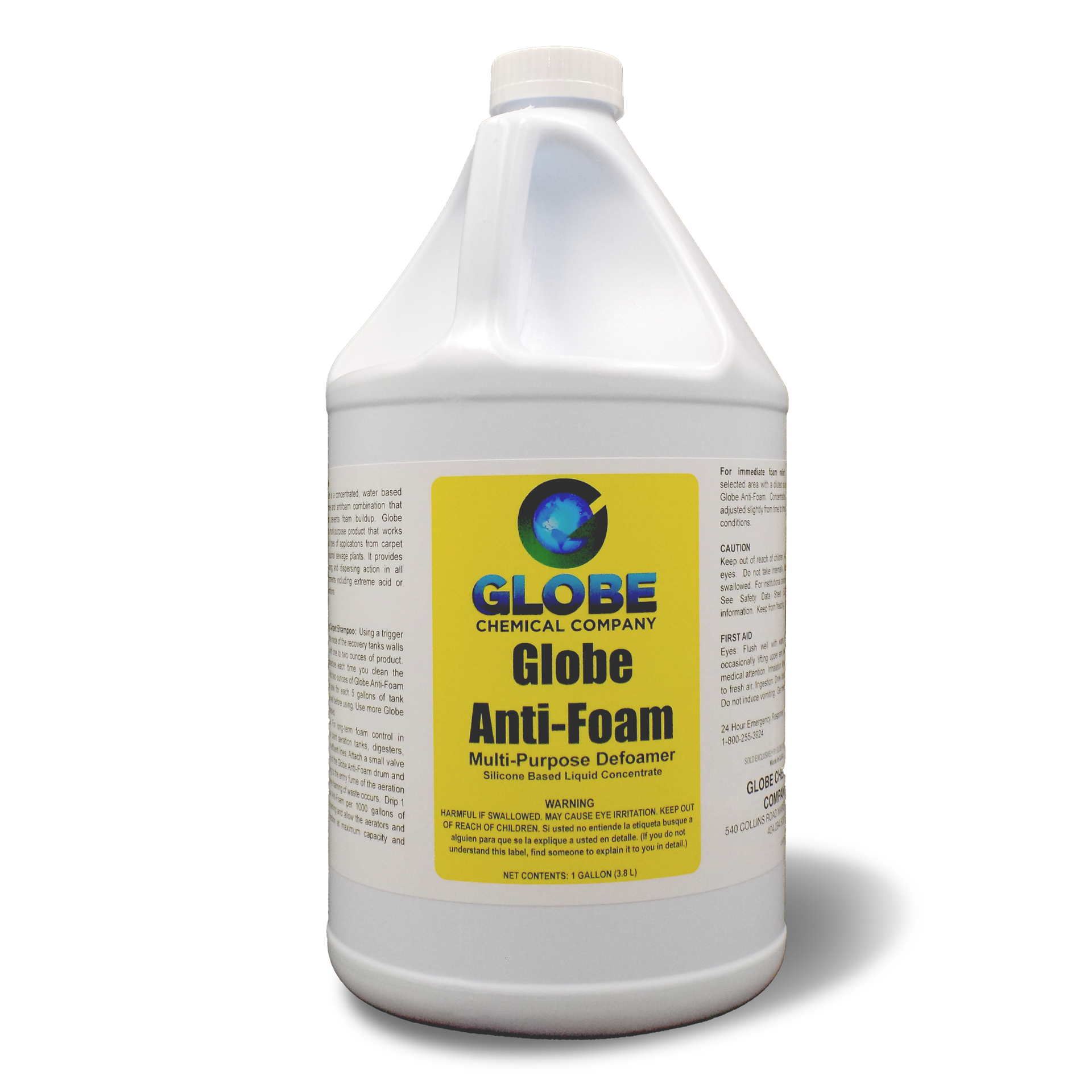Discovering the Advantages of a Chemical Defoamer in Manufacturing and Production
The assimilation of chemical defoamers in production and production processes uses a calculated advantage by addressing one of the relentless obstacles in industrial operations: foam control. As manufacturers make every effort to enhance procedures and boost consumer contentment, the role of chemical defoamers ends up being increasingly important.
Significance of Foam Control
While the visibility of foam in making procedures can often appear safe, effective foam control is vital for enhancing operational performance and product top quality. Foam can disrupt numerous stages of production, resulting in ineffectiveness that might prolong and increase prices processing times. In industries such as food and beverage, pharmaceuticals, and chemicals, uncontrolled foam can obstruct devices, interrupt automated systems, and eventually cause product variances.

Implementing reliable foam control methods not just enhances efficiency but likewise supports regulative conformity in sectors where foam can bring about environmental concerns. By utilizing chemical defoamers, producers can reduce these obstacles, ensuring smoother procedures and higher-quality final product. Eventually, prioritizing foam control is a vital element of manufacturing that can produce considerable benefits in regards to effectiveness, safety and security, and product dependability.
Types of Chemical Defoamers
What sorts of chemical defoamers are readily available for manufacturing processes, and how do they vary in application? Chemical defoamers can be categorized into three major kinds: silicone-based, natural, and not natural defoamers. - Chemical Defoamer

Organic defoamers, normally stemmed from fatty acids or all-natural oils, work in a series of applications, including food and drink manufacturing. They are frequently chosen for their lower toxicity and ecological effect, making certain conformity with industry policies.

Each sort of defoamer offers unique functions based on the chemical composition and the details needs of the manufacturing procedure, enabling producers to choose the most ideal alternative for their particular requirements.

Benefits in Manufacturing Performance
Chemical defoamers play a vital role in enhancing producing performance by effectively managing foam generation throughout different processes. Foam can prevent manufacturing rates, interrupt equipment procedure, and bring about pricey downtime. By including chemical defoamers, makers can mitigate these issues, guaranteeing smoother workflow and increased overall performance.
Using chemical defoamers assists optimize the operational efficiency of tools such as pumps, reactors, and mixers. With minimized foam, these equipments can run at their meant ability, reducing the risk of overflow and allowing constant processing. This results in better source application and higher throughput.
Moreover, chemical defoamers assist in faster processing times by reducing the time required for foam elimination. this post This velocity can significantly impact manufacturing schedules, permitting producers to satisfy client demand better. Furthermore, using defoamers adds to decrease power intake, as machinery runs extra successfully with minimized foam disturbance.
Influence On Product High Quality
Foam control is not only essential for keeping performance in producing processes however also plays a substantial role in ensuring item top quality. Extreme foam can introduce air right into formulas, bring about incongruities in the end product. This can show up as problems such as voids, uneven appearances, or subpar coatings, which threaten the desired top quality and efficiency of the item.
Moreover, foam can impede the homogeneity of mixes, resulting in irregular circulation of active components. In markets such as coverings, cosmetics, and food production, this can lead to variants in color, taste, and general effectiveness. By making use of a chemical defoamer, makers can reduce these threats, making certain that items meet rigid quality requirements.
Furthermore, regulating foam can improve the security of emulsions and suspensions, which is vital for ensuring shelf-life and customer complete satisfaction. With boosted product uniformity and decreased flaws, makers can attain higher requirements of quality control, ultimately bring about raised consumer depend on and brand commitment.
Cost-Effectiveness and ROI
Effective foam control not just improves product high quality yet also adds significantly to the total cost-effectiveness of making processes. The usage of chemical defoamers reduces foam-related concerns, which can otherwise result in manufacturing hold-ups, equipment breakdowns, and raised power intake. By reducing foam, producers can maximize their procedures, leading to higher throughput and effectiveness.
Buying chemical defoamers can yield a substantial return on investment (ROI) The preliminary prices linked with these additives are frequently countered by the cost savings recognized from reduced downtime and boosted product return. Boosted item high quality can minimize waste and revamp expenses, additionally boosting economic efficiency.
Furthermore, efficient foam control can result in decreased water and energy usage, contributing to reduced functional prices. This is especially crucial in industries where resource efficiency is paramount. By incorporating chemical defoamers right into their procedures, makers can accomplish long-term financial savings while weblink keeping affordable prices in the marketplace.
Conclusion
In verdict, the combination of chemical defoamers in production and manufacturing processes is crucial for enhancing operational efficiency and boosting product quality. The benefits offered by chemical defoamers not just support regulative compliance but additionally offer an affordable edge in the production landscape.
The combination of chemical defoamers in production and production procedures supplies a calculated benefit by dealing with one of the persistent difficulties in commercial procedures: foam control.While the discover this info here existence of foam in manufacturing procedures can sometimes appear harmless, efficient foam control is essential for optimizing operational effectiveness and item high quality.Chemical defoamers play a crucial function in boosting producing performance by efficiently regulating foam generation during different procedures.Moreover, chemical defoamers assist in faster handling times by decreasing the time needed for foam elimination. Additionally, the use of defoamers adds to lower power intake, as machinery operates extra efficiently with decreased foam disturbance.